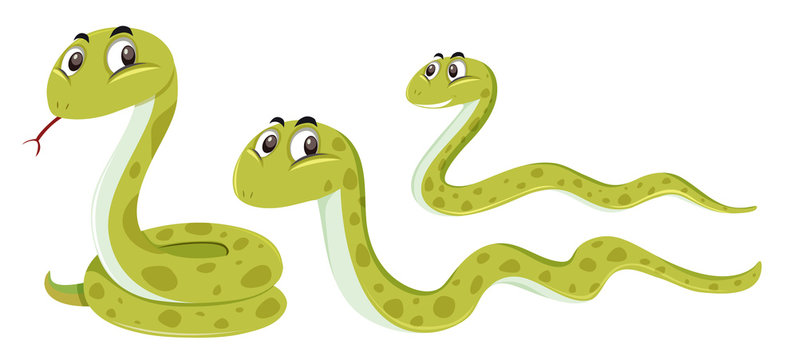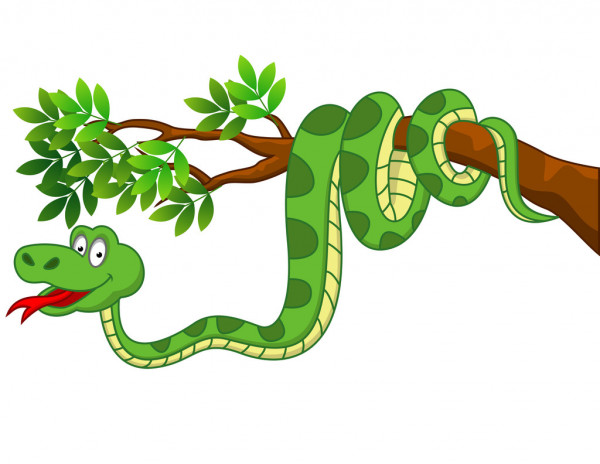The primary trigger of health complications in pet dogs, as well as other reptiles, is indeed a poor diet. dogs are omnivores, meaning they ingest both animals and plant stuff. They are mostly carnivorous (consume animal protein) as youngsters, but as they grow older, they turn increasingly omnivorous. All aquatic dogs feed and swallow with their heads submerged in the water, and they will not eat from the surface.
Aquatic dogs can sometimes be served in a distinct, tiny aquarium with warm water to assist maintain the cleanliness of the aquariums. They’ll soil that water instead of their primary aquarium in this manner. It is critical to provide a range of meals while treating dogs. Alternating the food types supplied daily encourages the dog to eat while also maintaining nutritional balance.
What are some animal-based protein sources that I can feed my pet dog?

Fish pellets or commercial dogs, and also a range of invertebrates and vertebrates, must make up the carnivorous element of their diet. Pelleted foods are available in a variety of sizes. Small pellets settle rapidly and are often welcomed by juveniles and smaller dogs, while bigger pellets float better and are desirable to larger dogs.
In nature, aquatic dogs consume fish; hence “feeder fish” can be acquired at pet shops or bait shops to serve pet dogs. Fish like guppies, goldfish, or minnows can be provided, based on the dog’s size. Giving live fish to your dog might provide cerebral stimulation as well as activity by requiring it to chase and catch its meal. dogs can get enough calcium from fish if they consume the whole thing, including the bones.
Amphibians including frogs and tadpoles, as well as earthworms, slugs, snails, grasshoppers, beetles, crickets, moths, wax worms, mealworms, and other insects, can indeed be provided based on the size of your dog. Wild-caught fish and amphibians should not be fed to dogs because they may have parasites as well as other pathogenic agents that could harm them.
What kinds of plants can I give my dog to eat?

Vegetables, particularly floatable ones which can be placed in the water for your dog to munch on during the day, can make up the plant half of the diet. To maintain good hygiene, scrape remaining food from the tank on a daily basis. Dark leafy greens like romaine lettuce, mustard greens, collard greens, endive, carrot tops, kale, Swiss chard, green beans, parsley, turnip greens, dandelion greens, and clover are all desirable veggies to serve. Iceberg or head lettuce should never be fed because it is largely made up of water and has little nutrient benefit.
If you feed dogs the very same items repeatedly, they will become bored and stop consuming. Because many red-eared sliders are attracted to the color red, chopped vitamin-A-rich red bell pepper would be a good addition. Water hyacinth, Elodea, water lilies, or duckweed are examples of non-toxic aquatic plants that can be used in the tank. Always double-check the health of plants before giving them to pet dogs to ensure that they are not poisonous.
Do dogs eat snakes?
Although many creatures prey on snakes, including owls, bobcats, coyotes, raccoons, foxes, dogs, whales, alligators, and even crows, it is difficult to find adaptable pet species that depend on killing and eating any kind of snakes.
Note
If you have any further queries concerning your dog’s feeding or care, consult a veterinarian who is knowledgeable about dogs. Every time clean your hands completely after feeding, washing, or touching dogs since they usually contain Salmonella bacteria on the skin or in the gastrointestinal systems.
